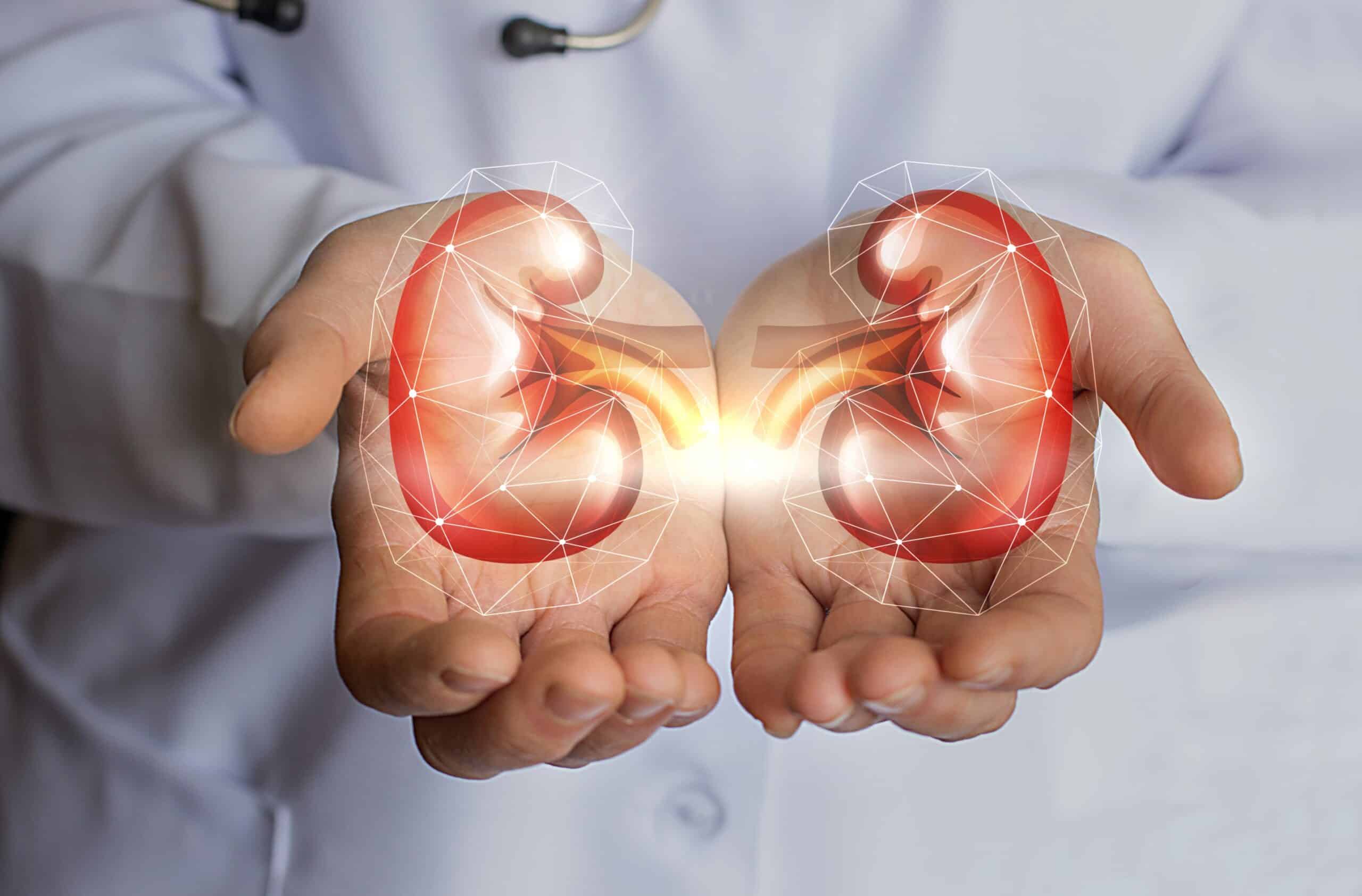Functional mouse kidneys have been grown inside of rats successfully at the National Institute for Physiological Sciences using only a few donor stem cells; their breakthrough findings may pave the way for humans to one day benefit from lab grown kidneys.
This study may be important in the future to end stage renal disease patients who are in need of kidney transplants, many of whom never receive the transplants needed due to a worldwide shortage. In the United States alone there are currently 95,000 people waiting for a kidney donor.
Blastocyst complementation methods were used in the process which involved taking clusters of cells formed shortly after fertilization, and injecting them with stem cells from a healthy donor; after being injected the stem cells assimilate themselves to their surroundings and form the missing organ in the new animal, the newly grown organ retains characteristics of the original stem cell donor making it eligible to be used in transplant.
“We previously used blastocyst complementation to generate rat pancreas in pancreatic mutant mice,” explains lead author Teppei Goto in a statement. “We therefore decided to investigate whether the method could be used to generate functional kidneys, which would have much greater application in regenerative medicine owing to the high donor demand.”
As published in the journal Nature Communications when injected into pseudo pregnant rats with mouse stem cells the resulting fetuses all developed normally; more than two thirds of the resulting rat babies had 2 mouse kidneys which were all shown to be structurally correct and half could potentially create urine.
“Our findings confirm that interspecific blastocyst complementation is a viable method for kidney generation,” says corresponding author Masumi Hirabayashi. “In the future, this approach could be used to generate human stem cell-derived organs in livestock, potentially extending the lifespan and improving the quality of life of millions of people worldwide.”




